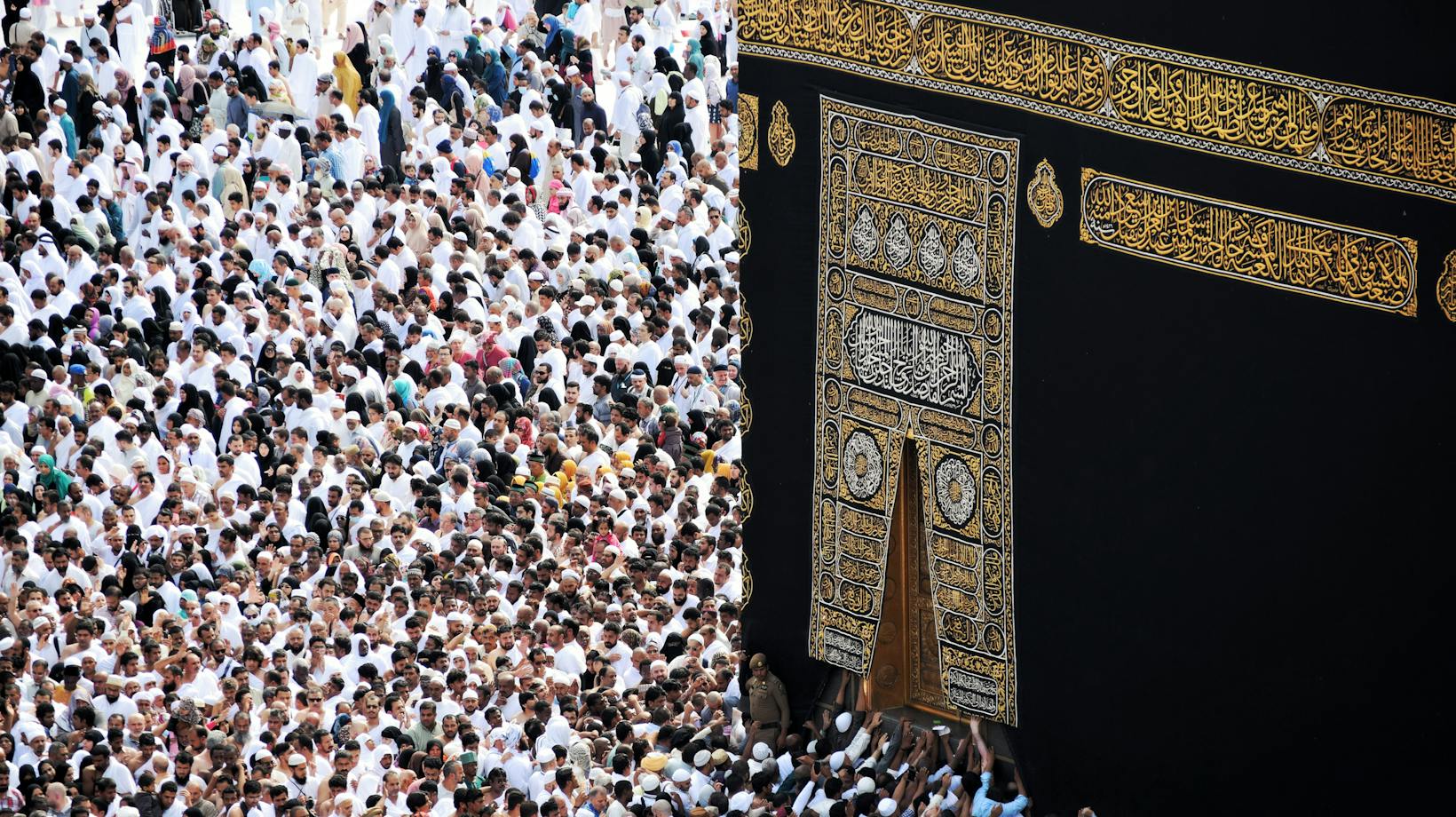
Types of Pilgrimages
When discussing AP Human Geography, classification of pilgrimages into Religious Pilgrimages and Secular Pilgrimages provides a broader understanding of the topic. These distinct pilgrimage types each hold unique characteristics, profoundly influencing both our world and human interactions within it.
Religious Pilgrimages
Among the most recognized forms of pilgrimages are Religious Pilgrimages. These journeys represent an essential aspect of many world religions, including Christianity, Islam, Hinduism, and Buddhism among others. Pilgrims – individuals undertaking these spiritual journeys – travel to sacred sites for various reasons. They seek spiritual enlightenment, penance, a divine encounter, or merely expressing devout faith.
Christianity, for instance, has numerous pilgrimage sites, such as the Vatican City in Rome and the Holy Land in Jerusalem. Islam compels its followers to undertake the Hajj pilgrimage to Mecca, a fundamental pillar of the faith. Hinduism highlights the Kumbh Mela, where millions of Hindus gather at the sacred rivers.
These religious pilgrimages help establish significant cultural ties, promoting shared beliefs, mutual respect, and unifying the followers of particular faiths.
Secular Pilgrimages
Secular Pilgrimages, on the other hand, involve journeys embarked upon for non-religious reasons. Often these pilgrimages center around significant historical locations or memorials, sites of cultural importance, or places linked with renowned individuals.
A significant example of secular pilgrimage is the trip to Ground Zero in New York City, where people pay respects to the victims of the 9/11 terrorist attack. Visits to significant cultural or historical sites, such as the Eiffel Tower in Paris or The Great Wall of China, could also be classified as secular pilgrimages.
These journeys, although devoid of religious undertones, also carry potent connotations. They foster cultural awareness, promote understanding of historical events and figures, or simply commemorate important societal milestones.
While various in nature and purpose, both religious and secular pilgrimages hold immense relevance in human geography. They contribute to the shaping of landscapes, creation of bustling pilgrimage cities, and various geographical effects. As we delve deeper into the topic of pilgrimage in AP Human Geography, an appreciation of these varied pilgrimage types informs our understanding of the interplay between human faith, space, and cultural interactions.

Pilgrimage Definition AP Human Geography
Pilgrimages are more than just religious journeys; they’re significant events that shape human geography, landscapes, and societal interactions on both collective and individual levels. The choice of destinations is often steeped in religious, cultural, or historical significance. Some key pilgrimage destinations in AP Human Geography include Mecca, Varanasi, Santiago de Compostela, and Jerusalem.
Mecca, Saudi Arabia
Mecca is arguably the most recognized pilgrimage destination in the world. Situated in Saudi Arabia’s western region, it’s the birthplace of Prophet Mohammed and the center of the Islam faith. Every year, millions of Muslims make their way to Mecca for Hajj, one of the Five Pillars of Islam. This mass pilgrimage results in a significant geographical and demographic shift in the area, making it one of the vibrant pilgrimage cities globally.
Varanasi, India
Moving further east, another exceptional pilgrimage destination is Varanasi in India. Known as the spiritual capital of India, it’s considered sacred by Buddhists, Jains, and especially Hindus. The city is nestled along the banks of the famed Ganges River, believed by Hindus to be holy. Pilgrims visit Varanasi for the purification of the soul and the quest for moksha – liberation from the cycle of birth and death. The influx of pilgrims shapes the city in unique ways, from the bustling ghats (riverfront steps) to the thriving economy based on religious tourism.
Santiago de Compostela, Spain
In Spain, there’s Santiago de Compostela, a prominent destination for Christian pilgrims. It’s the end point of the Camino de Santiago, a network of ancient pilgrimage routes which spans across Europe. Pilgrims journey here to honor Saint James the Great, believed to be buried in Santiago de Compostela’s cathedral.
Jerusalem, Israel
Lastly, the city of Jerusalem holds a dual place in religious and secular pilgrimages. Considered sacred by three major religions – Judaism, Christianity, and Islam – Pilgrims visit the Western Wall, the Church of the Holy Sepulchre, and the Dome of the Rock, making it an intersection of faith and culture. It’s a prime example of a city reshaped by pilgrimages, reflected in its architecture, urban structure, and ever-changing demographics. Each destination speaks volumes about people’s deeply held beliefs and the intersection of human geography and cultural practices. Their global impact cannot be understated. Mysteries of these pilgramages continue to unravel as we dive deeper into AP Human Geography.
Pilgrimage, as explored in AP Human Geography, plays a pivotal role in shaping our world. It’s more than a journey; it’s a global phenomenon that influences landscapes, demographics, and cultural practices. Whether religious or secular, pilgrimages foster shared beliefs and mutual respect among diverse societies.






